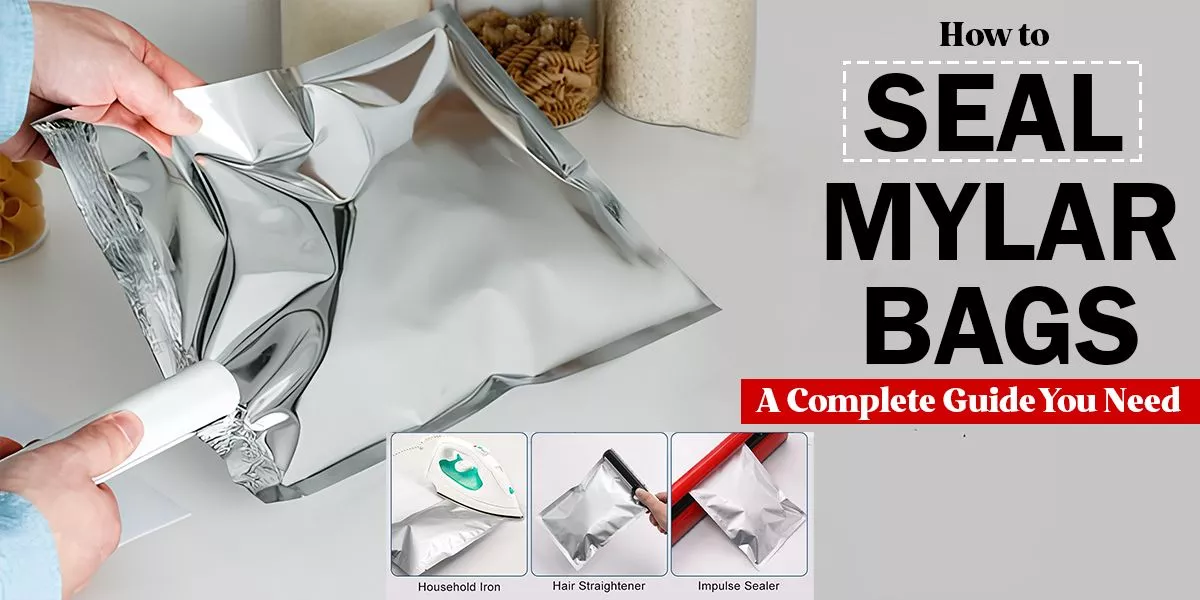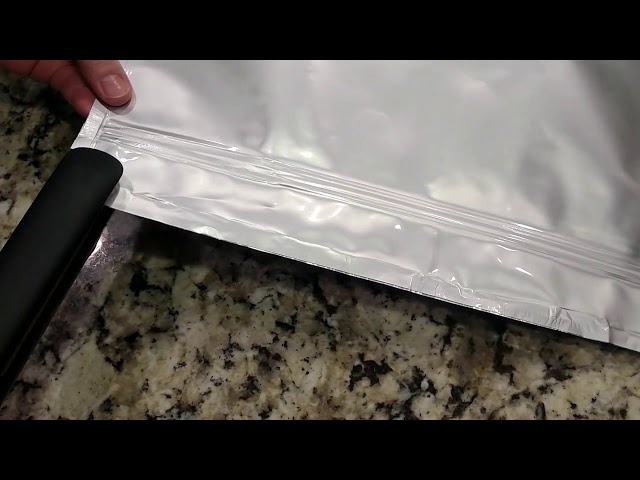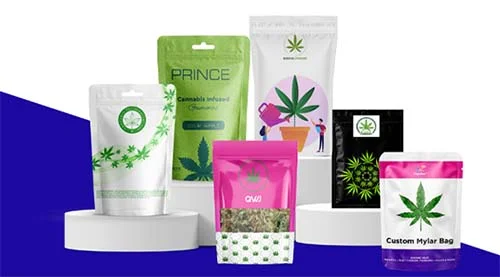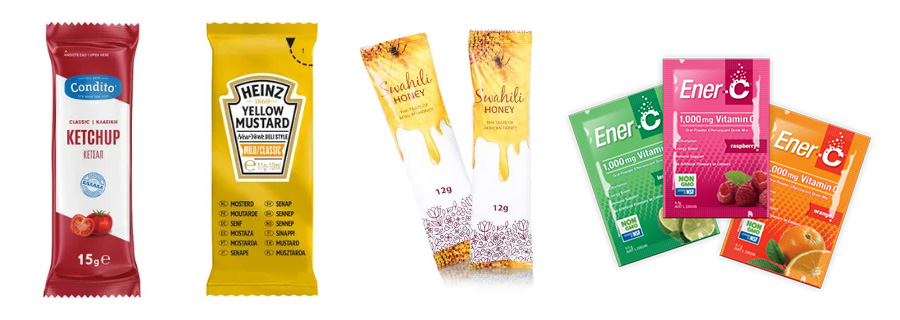Packaging plays a critical part in product protection, donation, and distribution. For businesses and consumers likewise, understanding the deconstruction of packaging structures can offer sapience into why certain designs and accoutrements are chosen, how they serve, and what benefits they bring. This knowledge is essential for companies aiming to produce packaging results that balance functionality, cost- effectiveness, and sustainability.
1. What Is Packaging Structure?
Packaging structure refers to the physical composition of a package, including its accoutrements , layers, and overall design. It encompasses everything from the remotest subcaste to the inmost factors that directly communicate the product. A well- constructed packaging structure ensures the product’s safety, preserves its quality, and prayers to the target followership.
For case, a simple snack bag might correspond of a published plastic external subcaste, a hedge subcaste to cover against oxygen and humidity, and a sealant subcaste to keep everything complete. Each element has a distinct part, forming a cohesive system to meet the product’s specific requirements.
2. Key Components of Packaging Structures
To understand packaging structures, it’s helpful to break them down into their fundamental components:
a) Outer Layer
The outer layer is the first thing consumers notice. It serves multiple purposes:
- Aesthetics: Provides space for branding, logos, and vibrant designs that catch the eye.
- Durability: Protects against external factors like dust, abrasion, and minor physical impacts.
- Printability: Acts as a canvas for product information, barcodes, and promotional elements.
Common materials: polyethylene terephthalate (PET), paperboard, or coated paper.
b) Barrier Layer
This layer prevents external elements such as moisture, oxygen, light, or contaminants from compromising the product’s quality.
- Purpose: Extends shelf life, preserves flavor and freshness, and ensures product safety.
- Materials: Aluminum foil, EVOH (ethylene vinyl alcohol), or specialized polymer films.
c) Sealant Layer
The sealant layer ensures the package stays closed, protecting the contents until the consumer opens it. It also contributes to leak prevention and tamper resistance.
- Materials: Low-density polyethylene (LDPE), polypropylene (PP), or adhesives.
3. Types of Packaging Structures
Different products require different packaging structures. Here are some common types:
a) Flexible Packaging
Flexible packaging includes pouches, bags, and wraps made from lightweight materials. These structures are cost-effective and adaptable.
- Example: Three-side-seal pouches or stand-up pouches for snacks.
- Benefits: Reduced material usage, easy transportation, and customizable designs.
b) Rigid Packaging
Rigid packaging involves materials like glass, metal, or hard plastic, offering robust protection.
- Example: Glass jars for jams or rigid plastic containers for detergents.
- Benefits: Durability, reusability, and premium appearance.
c) Hybrid Packaging
Combining elements of rigid and flexible packaging, hybrid solutions provide the best of both worlds.
- Example: Plastic lids on flexible coffee bags for easy resealing.
4. Importance of Material Selection
The choice of materials for each layer in a packaging structure determines its performance, cost, and environmental impact.
- Product Type: Foods require airtight barriers, while electronics need anti-static packaging.
- Transportation: Packages for long-distance shipping need higher durability and impact resistance.
- Sustainability: Recyclable or compostable materials are increasingly preferred by eco-conscious brands.
5. How Packaging Structures Address Consumer Needs
a) Product Safety
An optimized packaging structure shields products from environmental factors, contamination, and physical damage.
b) Convenience
Features like resealable zippers, spouts, or easy-open designs enhance user experience.
c) Sustainability
Modern consumers favor environmentally friendly packaging, prompting companies to adopt compostable films, recycled content, or mono-material structures.
6. Trends in Packaging Structures
a) Smart Packaging
Technology is being integrated into packaging to improve functionality. QR codes for traceability or temperature-sensitive indicators on pharmaceutical packages are examples of innovation.
b) Minimalist Design
Simplified structures using fewer layers or materials reduce waste while maintaining effectiveness.
c) Recyclable and Mono-Material Options
Mono-material packaging uses a single type of material, making it easier to recycle compared to multi-material packages.
7. Challenges in Packaging Structure Design
a) Balancing Cost and Functionality
While premium materials and advanced designs improve performance, they often come at a higher cost. Brands must strike a balance between affordability and effectiveness.
b) Regulatory Compliance
Packaging must meet safety standards for specific industries, such as food, pharmaceuticals, or cosmetics.
c) Environmental Impact
Creating sustainable packaging structures that meet performance requirements remains a significant challenge for the industry.
8. Why Packaging Structures Matter for Branding
Packaging structures do more than protect the product—they’re a critical branding tool. The right structure can:
- Enhance shelf appeal with eye-catching designs.
- Communicate quality and value through tactile elements.
- Build brand loyalty with user-friendly features like resealable closures.
Understanding the anatomy of packaging structures is essential for businesses looking to optimize their product presentation and functionality. Whether it’s choosing the right materials, incorporating innovative features, or meeting consumer demand for sustainability, the design of a packaging structure plays a significant role in a product’s success.
At Colorful Packaging, we specialize in creating tailored packaging solutions that meet your unique needs. From flexible pouches to sustainable options, our designs are crafted with precision and innovation.







